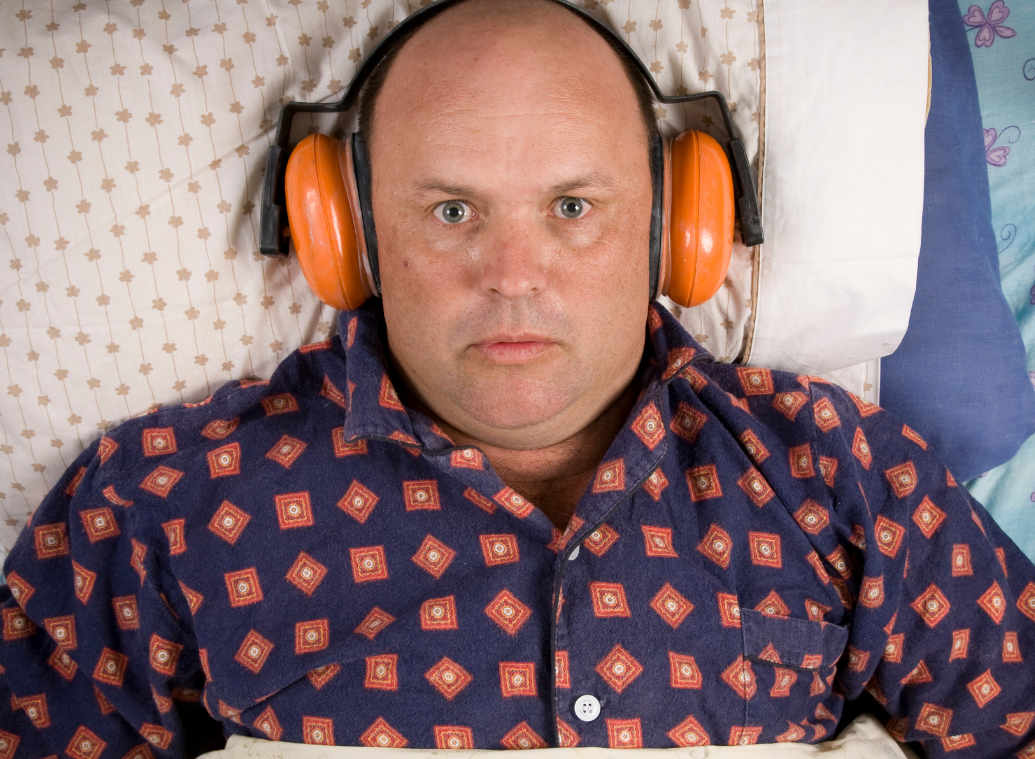- Home
- Forums
- General forums
- Good to know
- Diabetes and High Blood Pressure: How to Manage Both
Diabetes and High Blood Pressure: How to Manage Both
- 103 views
- 0 support
- 1 comment
All comments

Unregistered member
31/07/2017 at 18:47
I don't know if people are aware but there is a film Fixing Dad and also an app with an eating programme that will reverse diabetes and improve health the results are amazing there's also a book of the same name.
Give your opinion
Survey
Articles to discover...
Subscribe
You wish to be notified of new comments
Your subscription has been taken into account








Margarita_k
Good advisor
Margarita_k
Last activity on 07/10/2020 at 11:39
Joined in 2016
1,195 comments posted | 118 in the Good to know group
2 of their responses were helpful to members
Rewards
Good Advisor
Contributor
Messenger
Committed
Explorer
Evaluator
Type 2 diabetes and high blood pressure (hypertension) are a dangerous combination, putting your health in jeopardy in a number of ways. That means it's crucial to take steps to control high blood pressure when you have diabetes.
To start, having type 2 diabetes increases your risk for developing high blood pressure. High blood pressure is a heart disease risk factor on its own, and when you also have diabetes, having high blood pressure puts you at even greater risk. For example, for people who have diabetes, the risk of heart disease increases twofold in men and fourfold in women compared to people without diabetes. If you have diabetes and high blood pressure, your risk of heart disease doubles over that of a person who has high blood pressure alone.
“There’s no doubt that diabetes and high blood pressure are a dangerous duo. They’re both very common and are linked by obesity, which is also very common. Nearly half of all people diagnosed with type 2 diabetes have high blood pressure at the time of their diagnosis,” says Betul Hatipoglu, MD, an endocrinologist.
How Diabetes Increase Your Risk of High Blood Pressure
Type 2 diabetes is caused by resistance to insulin, the hormone your body needs to use blood sugar for energy. When you have type 2 diabetes, since your body resists insulin, sugar builds up in your blood. “That means your body makes even more insulin, and insulin causes your body to retain salt and fluids, which is one way diabetes increases your risk for high blood pressure,” Dr. Hatipoglu says. For this reason, it’s important to check your blood pressure regularly, just like it is for you to check your blood sugar. Follow your doctor’s recommendations for how often to do both.
Blood pressure is measured by checking systolic pressure over diastolic pressure, measured in millimeters of mercury (mmHg). High blood pressure means having numbers higher than 140/90 mmHg. The first number (systolic pressure) is the pressure inside your blood vessels when your heart beats. The second number (diastolic pressure) is the pressure when your heart is at rest. “Over time, diabetes damages the small blood vessels in your body, causing the walls of the blood vessels to stiffen. This increases pressure, which leads to high blood pressure,” Hatipoglu says.
Lower Blood Pressure Reduces Diabetes Complications
A 2011 article in the journal Canadian Family Physician reviewed the medical literature on type 2 diabetes and high blood pressure. The researchers concluded that lowering blood pressure in people with diabetes and high blood pressure is the single most important way to reduce death and disability related to type 2 diabetes.
In addition to increasing your risk for heart disease, diabetes and hypertension also increase your risk for eye and kidney complications. “The combination of diabetes and high blood pressure is deadly for small blood vessels that supply the eyes and kidneys. Diabetes is the most common cause of blindness in the world,” Hatipoglu says. But here’s the good news about diabetes and high blood pressure: Lowering your systolic blood pressure by 10 points has been shown to lower all diabetes complication risks by 12 percent overall.
“As a general guideline for people with diabetes, the goal is to keep blood pressure at or below 140 over 90. For people with diabetes and kidney disease, the numbers should be kept at or below 130 over 80,” Hatipoglu says.
Healthy Lifestyle Tips for Lower Blood Pressure
“Lifestyle changes are the most important thing anyone can do to manage diabetes and high blood pressure. The benefits are tremendous,” Hatipoglu says. Here are some tips:
- Exercise on a regular basis.
- Lose weight if you need to and then maintain a healthy weight.
- Limit your salt intake to two grams per day. “That’s about one teaspoon. Remember that you can get that much salt in many fast foods and canned foods without adding table salt,” Hatipoglu says.
- Don’t smoke.
- Avoid over-the-counter pain relievers called nonsteroidal anti-inflammatory drugs (NSAIDs). “NSAIDs can raise blood pressure. Try acetaminophen instead,” Hatipoglu says.
- Drink alcohol only in moderation. “More than one drink a day for women or two drinks for men can raise blood pressure,” Hatipoglu says.
- Use the dietary approaches to stop hypertension (DASH) diet plan. “DASH is a Mediterranean-style diet with lots of fruits, vegetables, fish, healthy fats, and whole grains,” Hatipoglu says.
If you have type 2 diabetes and high blood pressure, there’s plenty you can do to control these combined conditions. Work with your doctor to get your diabetes and blood pressure under control and follow these healthy lifestyle tips. Remember that the key to living well with diabetes is preventing diabetes complications. Lower blood pressure may be your most important first step.
Source: everydayhealth.com